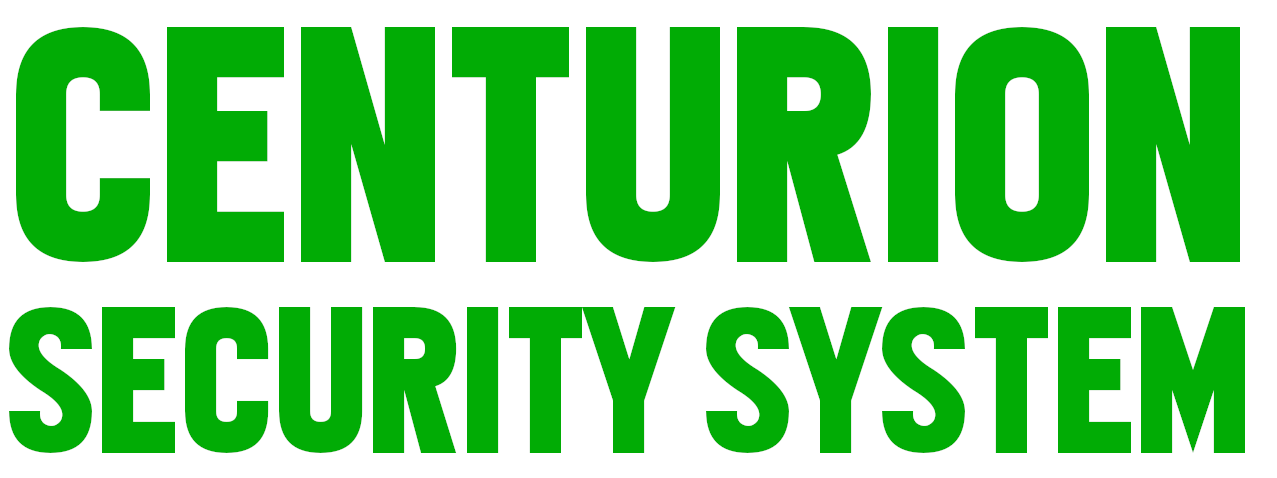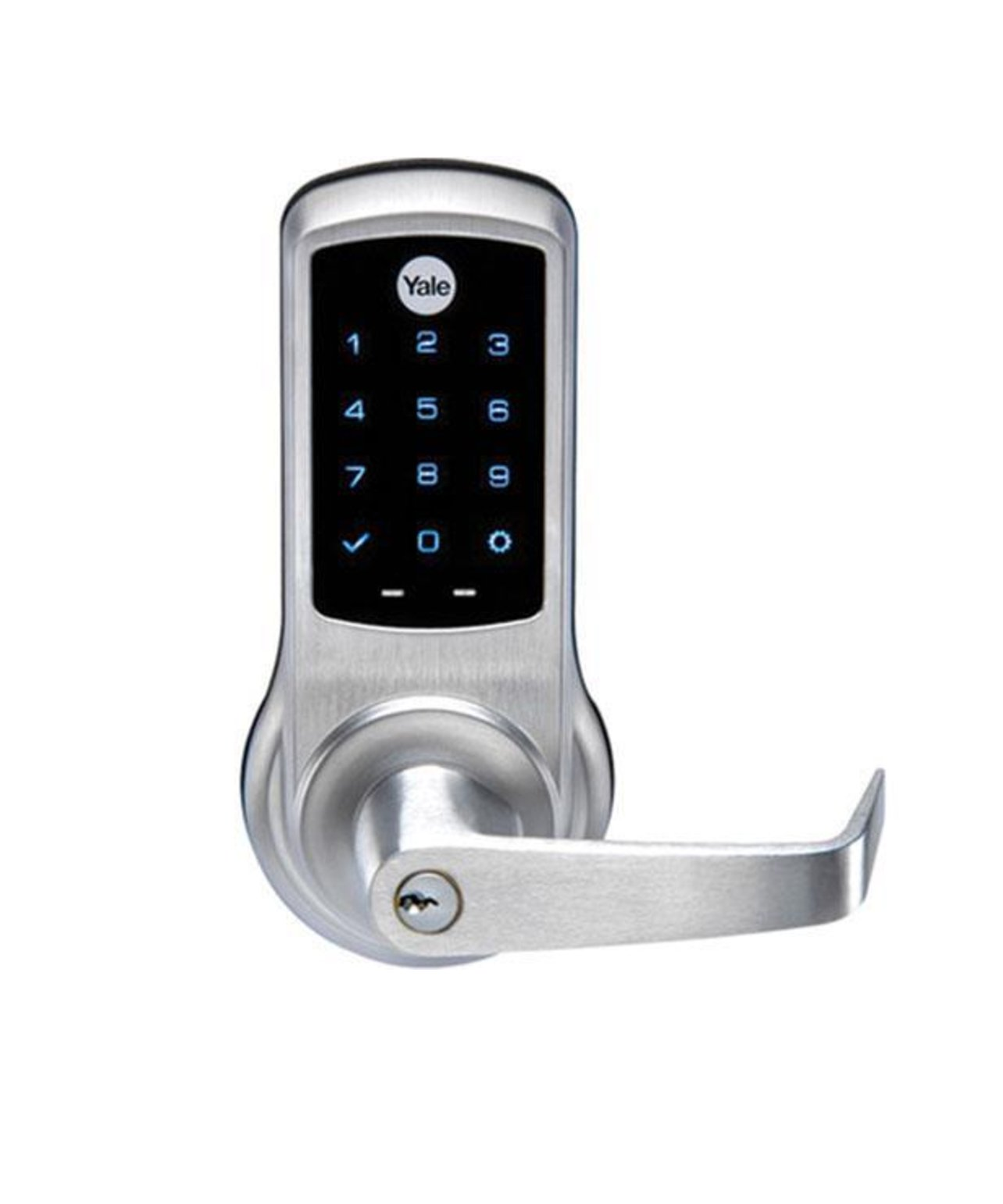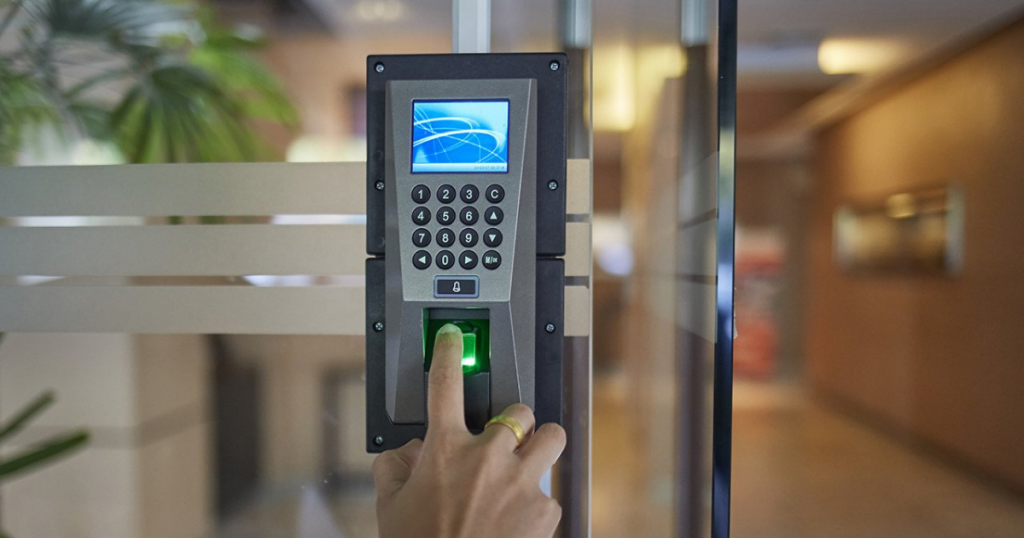Installing Access Control System: A step-by-step Guide
Securing your premises is a top priority, and an Access Control System (ACS) offers a comprehensive solution to manage and monitor access effectively. Installing an ACS involves a step-by-step process, ensuring a seamless integration that enhances security. Let's explore the key steps to guide you through the installation of an Access Control System for home installation.
1. Assessment and Planning:
Begin by conducting a thorough assessment of your property. Identify the critical access points that require control and evaluate the specific security needs of your premises. Plan the installation based on this assessment.
2. Choose the Right System:
Select an Access Control System that aligns with your requirements. Options include card readers, keypads, biometric scanners, or a combination of these. Consider factors such as the level of security needed and the size of your premises.
3. Installation of Hardware:
Install the necessary hardware components, including access control panels, card readers, electronic locks, and any biometric devices. Ensure strategic placement to optimize security and convenience for authorized personnel.
4. Wiring and Connectivity:
Connect the hardware components using reliable wiring. Establish a robust connectivity infrastructure to ensure seamless communication between devices and the central control system. This step is crucial for the effectiveness of the ACS.
5. Integration with Other Systems:
If applicable, integrate the Access Control System with other security systems such as surveillance cameras or alarms. This integration enhances overall security by providing a more comprehensive and interconnected solution.
6. Configuration and Programming:
Configure the system settings based on your specific requirements. This includes programming access levels, defining user permissions, and setting up any additional features, such as time-based access. Ensure that the system aligns with your security policies.
7. Testing:
Thoroughly test the entire system to ensure all components are functioning correctly. Conduct tests for various scenarios, such as different access levels, to verify the reliability and effectiveness of the Access Control System.
8. Training and User Education:
Provide training for relevant personnel on how to use the system effectively. Educate users on the importance of following security protocols and proper usage. This step is crucial for maximizing the benefits of the Access Control System.
9. Ongoing Maintenance:
Implement a routine maintenance schedule to ensure the system remains in optimal condition. Regular checks and updates will prolong the life of the system and help prevent potential issues.
In conclusion, fortifying your premises with an Access Control System is a strategic investment in safety and efficiency, offering heightened security and various benefits. For expert guidance and seamless installation, consult Centurion Security Systems, a trusted Access Control System company in Charlotte Amalie. Strengthen your security measures to create a safer and well-managed environment with their reputable services.




